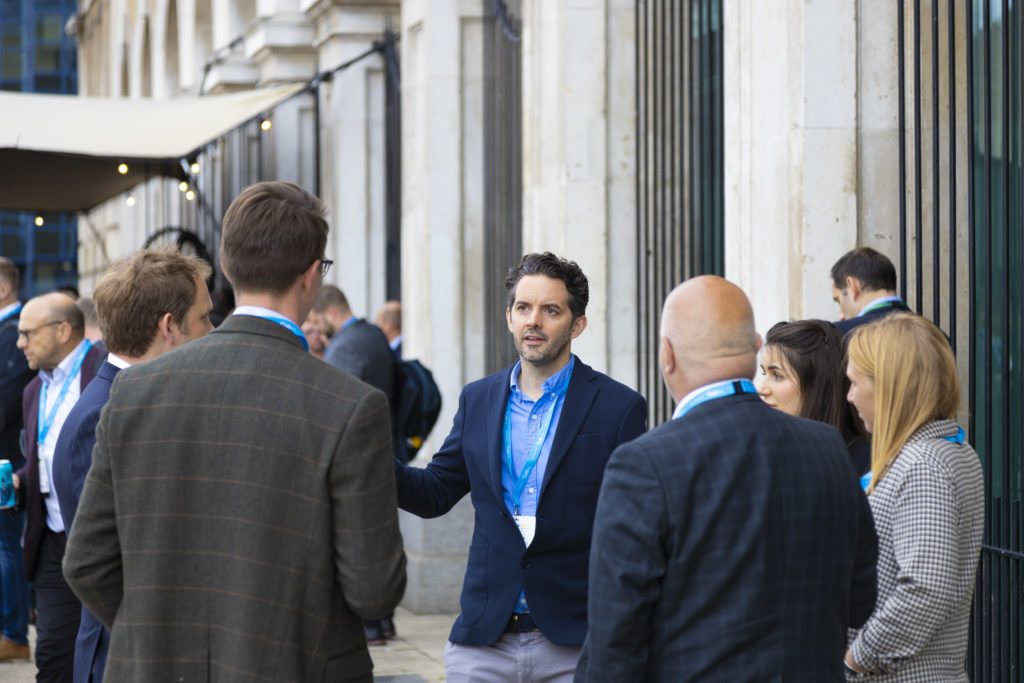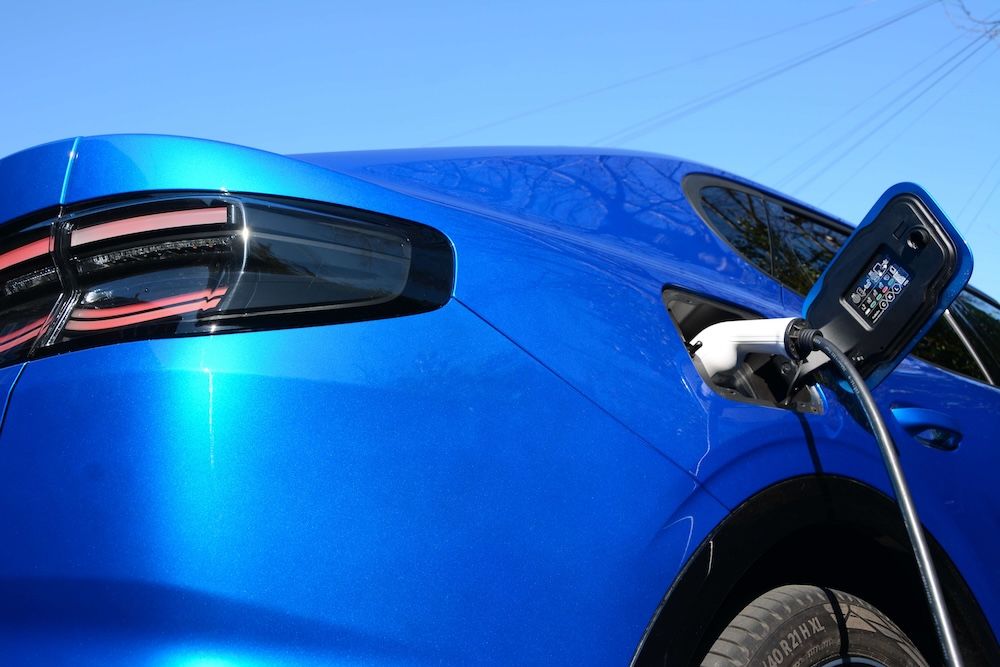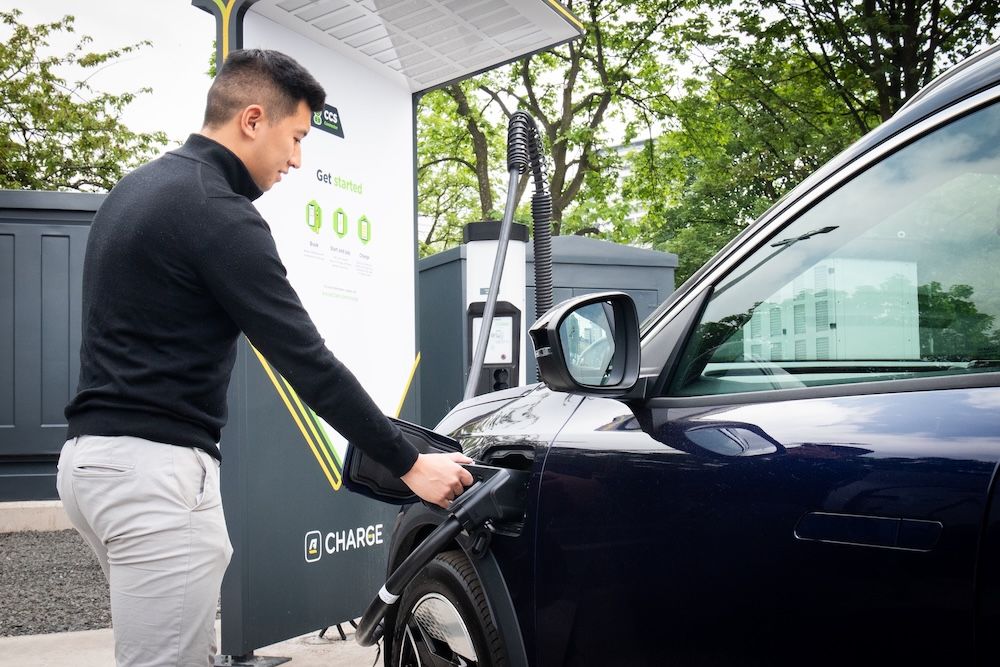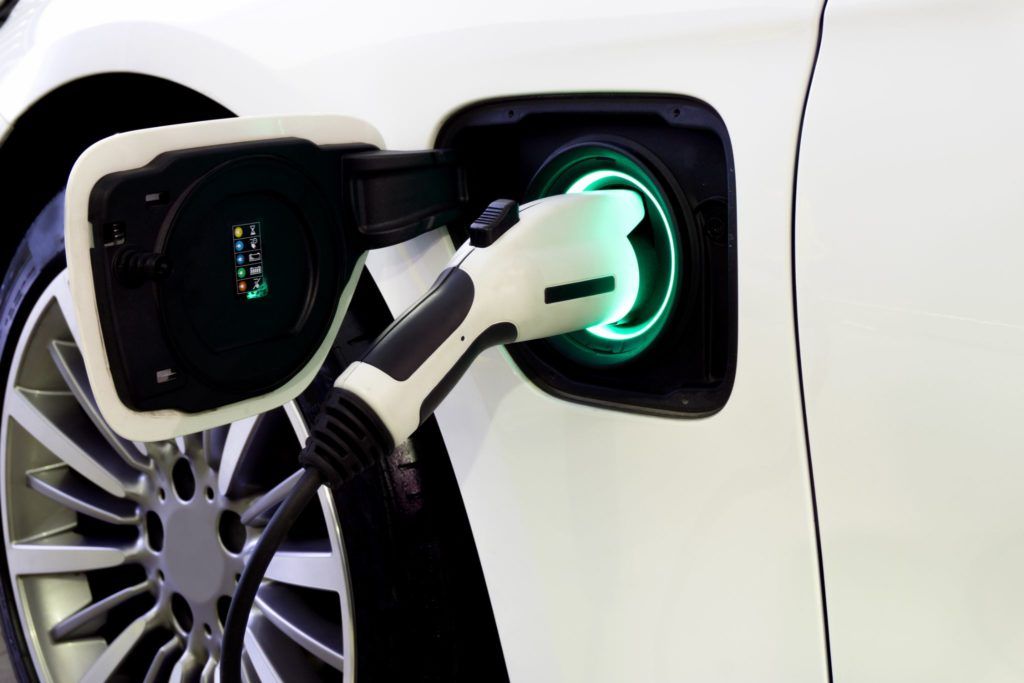After installing as many chargers in the first quarter of this year as it did during the whole of 2022, Osprey Charging is continuing to lead the charge when it comes to the rollout of rapid charge points. Alec Peachey spoke to the company’s Chief Executive Ian Johnston about the company’s plans for this year and beyond.
Whilst much has been made of the Government’s expectation of 300,000 public charge points being available by 2030, Ian Johnston believes the focus should be on deploying them in the right places at the right time.
‘’I haven’t met anybody in our industry yet who agrees with the 300,000 number,’’ he tells Transport + Energy.’’
‘’However, we all agree that more infrastructure is needed, and that’s what everyone is focused on delivering now.
‘’The number oversimplifies the complexity of the real solution, which is a mixture of all different types of charge points that are not going to be equally shared from en-route, ultra- rapid chargers to overnight lampposts and car park chargers, the charging will not be spread evenly geographically, instead it needs to be spread where people have a need for public charging versus where they don’t, where people are going to be making longer journeys, and where there are areas already underserved.
‘’So, my first thought is that simplifying it down to one number is quite unhelpful. What I think you will see in 2023 and beyond is a huge uplift in the amount of charging infrastructure which is going in. You’ve now got many very well-funded private businesses, deploying literally billions of pounds into the sector.’’
Johnston says the impact of the pandemic and other global supply shortages slowed down the rollout of EV chargers in 2021 and 2022, but pace across the industry has now picked up.
Johnston adds: ‘’Is 300,000 the right number? It’s a lot more complicated than that. Do we need lots more charging? Absolutely, yes. But is it coming? Absolutely, yes.”

Charging statistics
Electric vehicle charging statistics released by the Department for Transport (DfT) show that as of 1 January 2023 there were 37,055 public electric vehicle charging devices installed in the UK, an increase of 2,418 compared to 1 October 2022.
London and Scotland had the highest level of charging provision per 100,000 of population, with 131 and 69 devices per 100,000 respectively. In comparison, the average provision in the UK was 55 per 100,000.
Johnston comments: ‘’London should have more on-street charging because there’s more people without access to off-street parking, but also London achieved the charging that it has so far because the Greater London Authority (GLA) grouped together the 32 local authority boroughs and helped coordinate procurement of EV charging. Now imagine if all local authorities in the other parts of the UK were grouped together in that way. And were helped in terms of giving advice and a framework to procure electric vehicles. We’ve got this big step forward with the government’s LEVI fund now, which is going to give more support. ‘’I don’t personally believe that you need to put more public money into this because the private businesses are dying to spend their money on the charging. But what we want is the local authorities to have the support in procuring what is quite complicated. I don’t know of a single charging network who is targeting only the southeast, we’re trying to deploy wherever we can. But in some areas, such as London, West Yorkshire and Coventry they’re just great frameworks that allow better deployment and better investment in those areas.’’
Collaboration is key
ChargeUK recently launched as the new trade association for the UK’s electric vehicle (EV) charging industry – bringing together 18 of the largest companies installing the charge points needed to enable the UK’s switch to EVs and the realisation of Net Zero.
Johnston is the Chair of the new group with the members announcing that between them they will invest over £6 billion installing and operating new EV charging infrastructure by 2030. They will install tens of thousands of new chargers this year, with the aim of doubling the size of the network through 2023.
As the sector continues to increase the availability of charging and to accelerate investment and delivery, ChargeUK will work collaboratively with government and other stakeholders to break down barriers and shape the policies and regulation needed to enable transition.
At the time of launch, Johnston said: “The formation of ChargeUK is an exciting day and is a demonstration of the electric vehicle charging industry’s growing size and importance to the UK economy. Together we are investing billions of pounds to get more charge points in the ground right across the country. These numbers reinforce our commitment to the UK’s Net Zero future.
“We will continue to be a proactive partner to Government as we deliver a world-class charging infrastructure, giving the nation’s drivers confidence to transition to electric vehicles.”
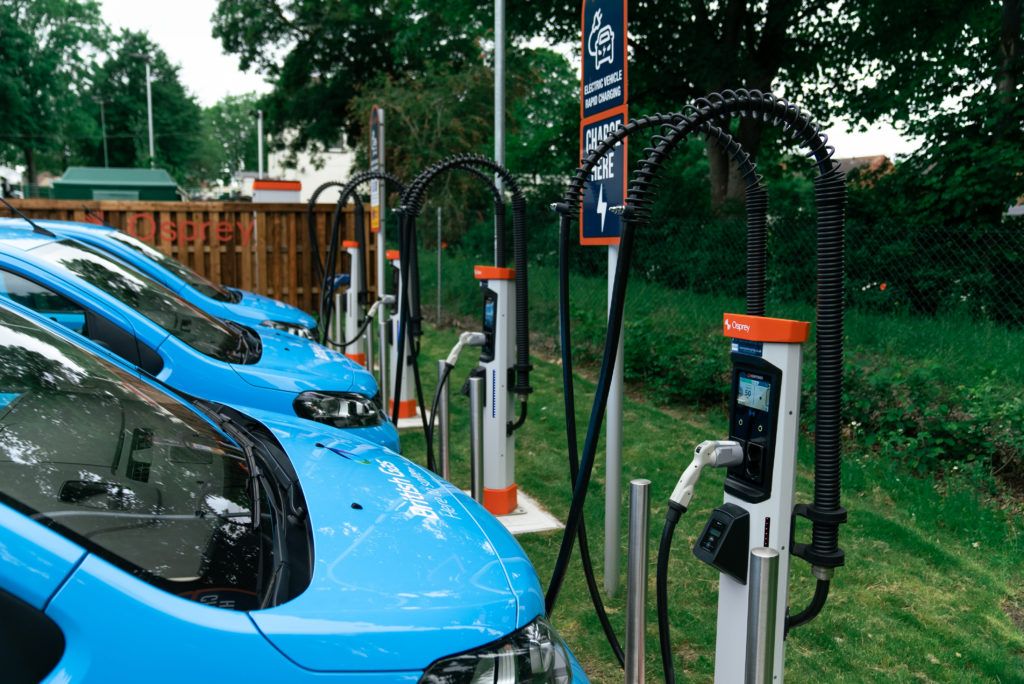
Energy networks
One stakeholder group that charge point operators will need to continue to work closely with are the energy networks who provide the electricity connections to help enable the power needed for charging infrastructure.
This is something that Johnston and his team are aware of. ‘’The Osprey team have all come from the renewable energy industry and we have decades of experience of building solar farms, wind farms, battery projects, etc. So, we have a deep understanding of how the grid works, and we’ve got a great relationship with the respective networks.
”I think the barrier that needs addressing is human resource. It’s not that there’s not enough grid. In this post pandemic world, we need more bodies to stamp the permits, approve the designs and make things happen.’’
Transport + Energy asked the former Volkswagen man if the industry would have progressed more quickly without the pandemic?
‘’I think what’s clear is that the pandemic delivered a shift in mindset for the UK consumer in terms of the levels of consciousness around lung health and air pollution,’’ he says. ‘’So, the pandemic probably moved us all forward a couple of years in terms of the shift to electric vehicles. However, if you put together the economic troubles of the pandemic and the war in Ukraine, well, that’s delivered these big global supply shortages and global human resource shortages post-pandemic. This has meant that there’s been a lag on deployment and every business – whether you’re a hospital, or a DNO, or a local planning office – is understaffed and dealing with a new world of problems.’’
The future
But with problems come opportunities and Johnston remains optimistic about Government support and the future of the industry.
‘’I think what we are seeing is a desire in government to deliver a lot on the net zero agenda in the next year. It’s a complicated ecosystem and energy system and it requires a lot of education. So, the onus is on us to make sure people understand it properly and we must also understand that there are players at some of the automotive sectors for whom a bit more time isn’t a bad thing.
‘’There are clearly hundreds of thousands of jobs in those parties that need to be protected and transitioned at the right pace. But what I hear and see from government is a genuine intent to make stuff happen quickly. The proof is in the pudding, but what we hear and see is positive. And we hope that through positive engagement with industry that we end up with a system that encourages more electric cars to come to the UK and takes the barriers away for more charging to be deployed.’’
Johnston remains steadfast in his view that the UK needs battery plants to be built in the UK, following the demise of Britishvolt – who were set to build a gigaplant in Northumberland before entering administration.
‘’The benefits to having a sustainable, successful, gigafactory network in UK are clear. If you look at the map of where those plans were developed for US, and now Europe, it’s shameful that we don’t have dots on the map in the UK. There are benefits to public confidence, public investments – switching to EVs in automotive manufacturing in the UK would save jobs in the supply chain – the list goes on and we must solve this.’’
So where does Johnston think the industry will be in 2030?
‘’We have private investment, and we have the technical solutions. Now, it’s about lining up the different building blocks to allow a rapid rate of deployment. I’ve no doubt that even by next Christmas we’ll see a very different picture of charging infrastructure in the UK. It will be second nature to most of the British public in terms of how to engage with public charging. What matters is that the companies like Osprey, and the others, today, we’re securing the grid in the ground in the places people want to charge. So, the core building blocks are being established now, and everything else will keep developing and getting better for whatever the 2030 consumer wants.
”There are people out there making this work today. Nationwide fleets, truck fleets, bus fleets, it’s being done. So, the message to local authorities and to government who protest is to look outside your office. It’s happening now. Don’t be left behind.’’
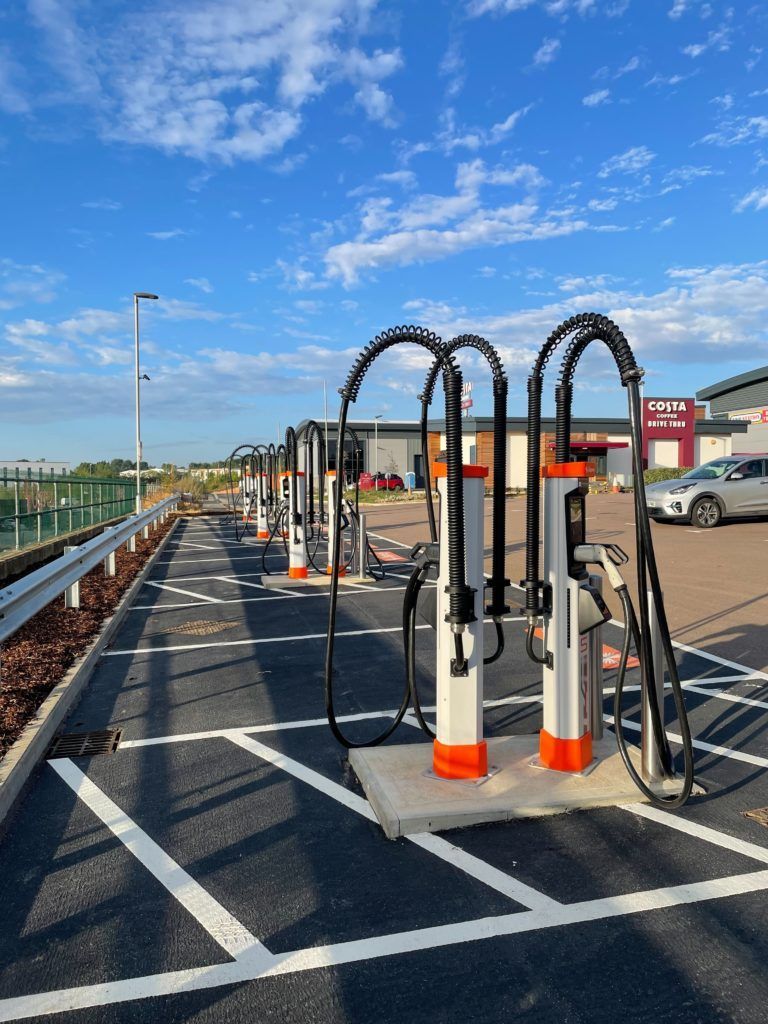
Images courtesy of Osprey.



